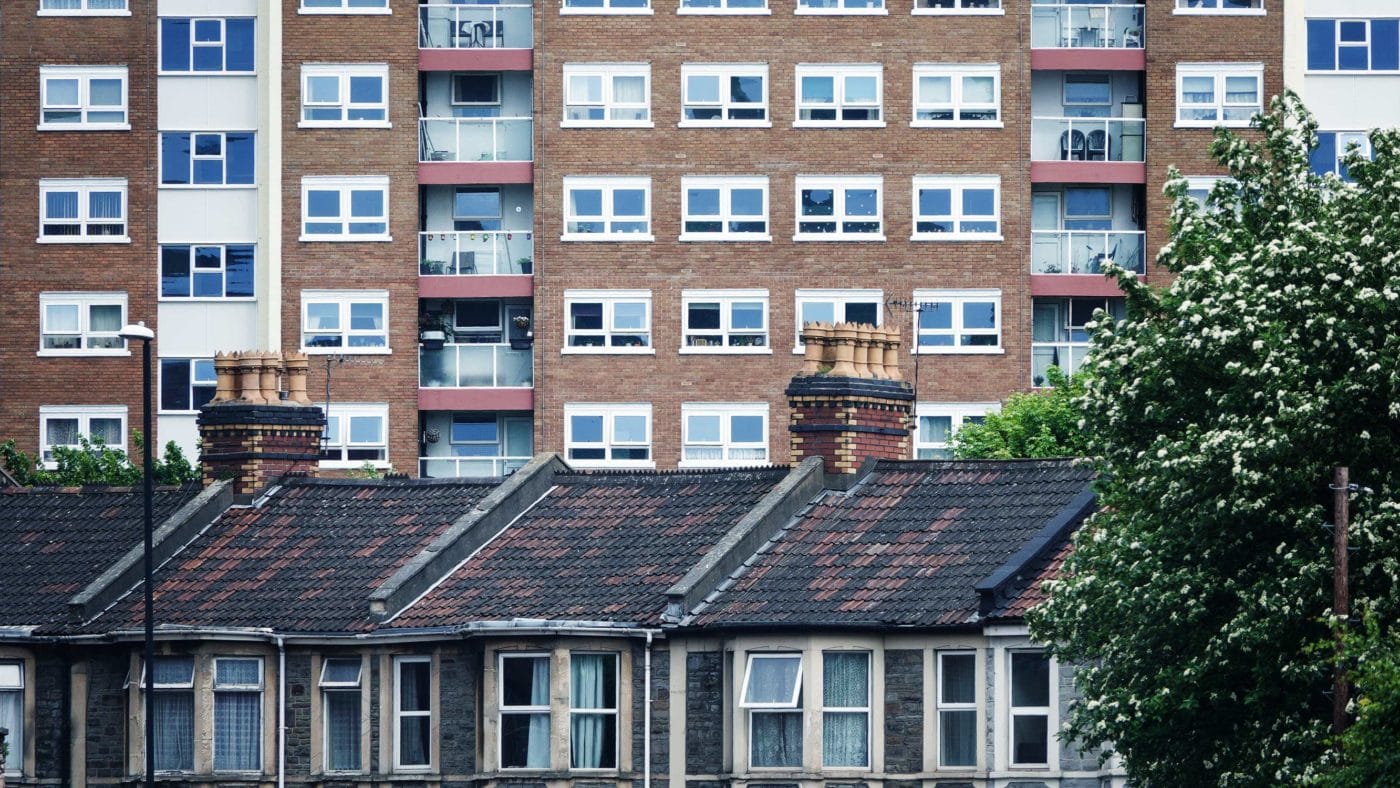Social housing has a mythic quality in some quarters. If only the state would build more homes and rent them out at below-market rates, those pesky profiteering landlords would be stopped in their tracks.
Even a Conservative-led government is now getting in on the action. Usually social housing landlords, including councils and housing associations, can increase rents by the consumer price index (CPI) plus 1%. This year’s soaring inflation means that could mean increases of up to 11%. This week, the Government announced a consultation on further capping rent increases to 3%, 5% or 7%, in the name of tackling the cost of living crisis.
This will be great for existing social tenants. But it represents a further subsidy from the taxpayer to a select group of people. Back in 2012, the Government estimated that the average social tenant was already receiving a subsidy valued at £3,600 a year, a figure that has no doubt grown significantly. Today, social tenants spend around half as much on rent compared to private renters.
Social housing benefits incumbents who get a property for life, even if their incomes grow. It is even possible to inherit a council tenancy from a partner or close relative without an income check. Accordingly, much of the benefit of lower rent ends up going to richer households. There are 113,000 households in the top income quintile who are on social rent, while over half are not in the bottom quintile.
It is disheartening that a Conservative government that used to talk about reserving social housing for the neediest now plans to increase subsidies. Then Chancellor George Osborne announced a ‘Pay to Stay’ scheme in 2015 that would have required higher income social housing tenants (£30,000, or over £40,000 in London) to pay higher rents. However, the plans were dropped by the May government.
In practice, social rent is rent control for part of the market, with precisely the expected outcomes. Social housing, just like rent-controlled private housing in other countries, is often of lacklustre quality, poorly maintained, and inaccessible to most due to long waiting lists. It means tenants staying in prime-location properties, that could be better utilised by younger, more productive workers, thus pushing up the cost of other rental properties. Social housing is for the few, not the many.
Nor are private housing costs cripplingly high because of a failure to build social housing; in fact, the UK already has much more than most European countries. Private rents are high because of a planning system that prevents building enough homes in areas with the strongest demand – particularly around London and in the south-east. Just this month the new Labour council in Wandsworth blocked a 500-flat tower bloc on the basis that there was a lack of affordable housing. (This was despite the developer offering £16.5m to support social housing elsewhere in the area.)
Some might dream about a socialised housing utopia, but most voters would still like to own their own home, not rent from the state. But the dream of ownership will only be accessible to the next generation by reforming the planning system to enable more homes to be built, not by fiddling around with rents.
Click here to subscribe to our daily briefing – the best pieces from CapX and across the web.
CapX depends on the generosity of its readers. If you value what we do, please consider making a donation.


